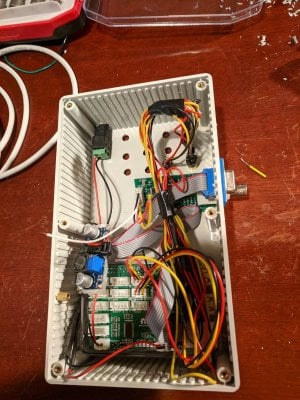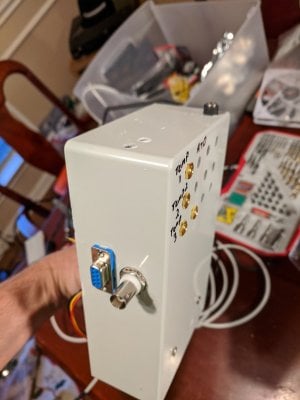- Joined
- Nov 11, 2019
- Messages
- 415
- Reaction score
- 355
Makes sense. If it's just a generic NPN transistor and 10k resistor it'll be easy enough to add, I'll have to see what kind of compact regulator I can find in 10v to keep wiring simple. I still think I'll add an output header location though for additional SCA/SCL driven hardware, with 5v/10v/12v available too.
No promises it'll all make it on this revision though.
-Hans
No promises it'll all make it on this revision though.
-Hans
























